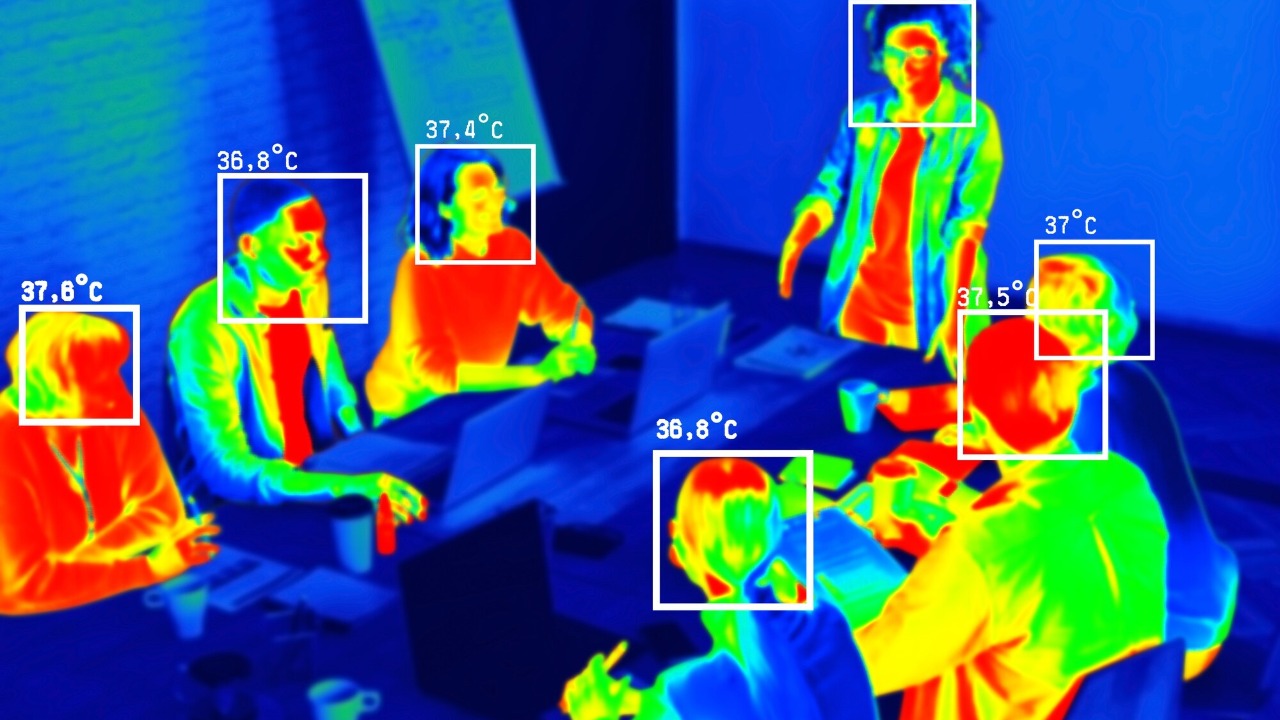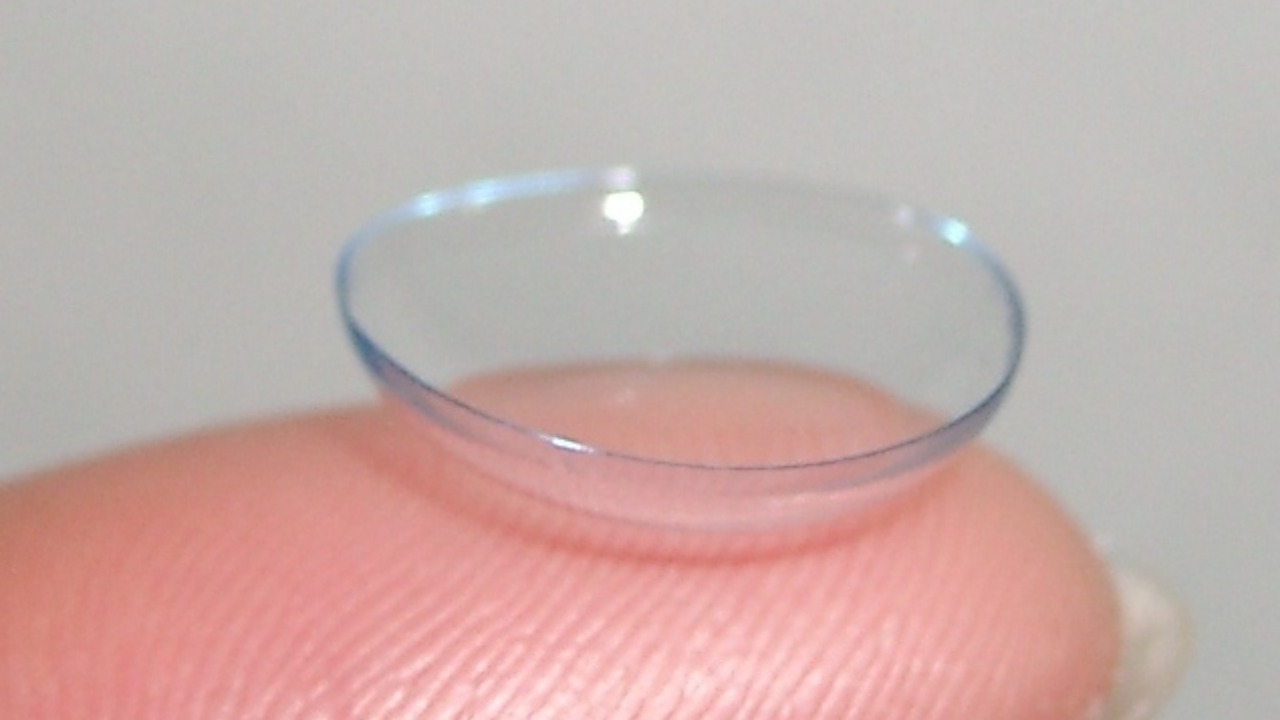
Imagine a world where the invisible becomes visible, where the unseen spectrum of light reveals new dimensions of reality. Thanks to groundbreaking advancements in contact lens technology, this once futuristic vision is now a reality. These innovative lenses allow users to perceive infrared light, enhancing human sight beyond natural capabilities.
The Science Behind Infrared Vision

At the heart of this revolutionary technology lies the use of nanotechnology and advanced materials engineering. These contact lenses are designed to detect infrared light, which is invisible to the naked eye. By incorporating nanoscale structures into the lens material, scientists have enabled the conversion of infrared light into visible light, allowing wearers to “see” this hidden spectrum.
Infrared light occupies a different part of the electromagnetic spectrum than visible light. While our eyes naturally detect wavelengths between approximately 400 and 700 nanometers, infrared wavelengths range from about 700 nanometers to 1 millimeter. Historically, infrared technology has been used in various fields, from night-vision equipment to thermal imaging cameras. Now, with these contact lenses, the technology is becoming more personal and accessible.
Practical Applications and Benefits

In the medical field, these lenses could revolutionize diagnostics and treatment. By allowing healthcare professionals to view underlying tissue structures through infrared imaging, these lenses offer a non-invasive way to detect anomalies such as tumors or vascular issues. This could lead to earlier and more accurate diagnoses, improving patient outcomes.
The potential for military and security applications is also significant. Enhanced vision capabilities could provide soldiers and security personnel with improved surveillance and reconnaissance abilities, even in complete darkness. In everyday life, the ability to perceive infrared light could transform activities such as driving at night or exploring nature, offering a new perspective on the world around us.
Challenges and Limitations

Despite the promising applications, several technical challenges remain. One major hurdle is developing a suitable power source for these lenses. Miniaturization of components without compromising performance is another significant challenge. Researchers are working diligently to overcome these obstacles to make infrared contact lenses a practical reality.
Health and safety are other concerns that need careful consideration. Prolonged exposure to infrared light could pose risks, necessitating thorough testing and stringent safety measures. Additionally, the cost and accessibility of this technology will likely shape its adoption, potentially limiting its benefits to those who can afford it.
Ethical and Societal Implications

The ability to see beyond the visible spectrum raises important ethical questions, particularly around privacy. As surveillance capabilities increase, there is a need to balance the benefits of enhanced vision with the potential for misuse. Clear guidelines and policies must be established to ensure responsible use of this technology.
Widespread adoption of infrared contact lenses could also have profound societal impacts. Social interactions and norms might shift as people adjust to new ways of perceiving the world. Policymakers must consider these implications and work towards creating a framework that addresses these societal changes.
Future Prospects and Innovations

Looking ahead, the possibilities for further enhancing these lenses are vast. Future iterations could offer even more capabilities, such as integration with augmented reality, providing users with a blended view of the digital and physical worlds. This could revolutionize how we interact with technology and information.
The integration of infrared contact lenses with other emerging technologies could redefine human perception. As these lenses become more advanced and widely adopted, we can envision a world where enhanced vision is an everyday part of life, reshaping our understanding and interaction with the environment.